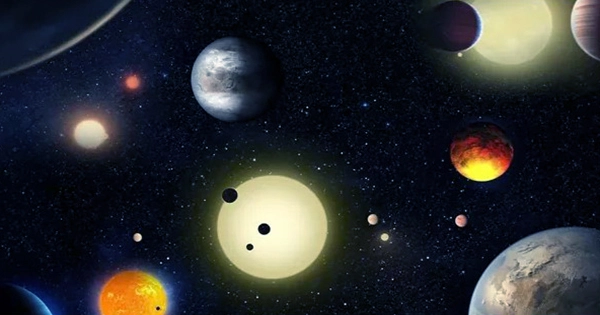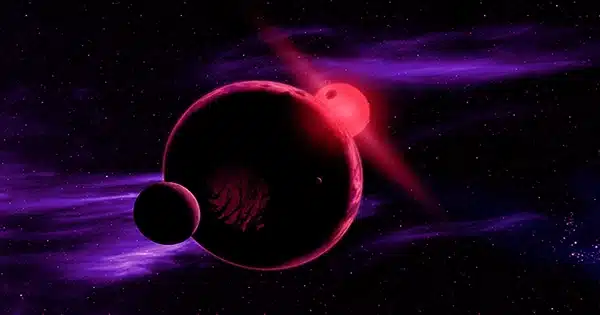How near to a star can a rocky planet get and still support water and life? A freshly discovered exoplanet could hold the key to unlocking the riddle.
According to new research conducted by Lisa Kaltenegger, associate professor of astronomy at Cornell University, “Super-Earth” LP 890-9c (also known as SPECULOOS-2c) is revealing crucial insights into conditions at the inner edge of a star’s habitable zone and why Earth and Venus originated so differently.
Her team discovered that LP 890-9c, which orbits towards the inner border of its solar system’s habitable zone, would have a vastly different appearance depending on whether it still had warm oceans, a steam atmosphere, or if it had lost its water—assuming it formerly had oceans like Earth’s.

“Looking at this planet will tell us what’s happening on the inner edge of the habitable zone—how long a rocky planet can maintain habitability when it starts to get hot,” Kaltenegger explained. “It will teach us something fundamental about how rocky planets evolve as starlight increases, as well as what will happen to us and Earth one day.”
The principal author of “Hot Earth or Young Venus?” is Arnold Kaltenegger. A Nearby Transiting Rocky Planet Mystery,” published in the Royal Astronomical Society’s Monthly Notices: Letters.
Researchers announced last year that LP 890-9c is one of two super-Earths orbiting a red dwarf star 100 light years away. They claimed that liquid water or a water-rich atmosphere was possible on LP 890-9c, which is about 40% larger than Earth and orbits the small, cold star in 8.5 days.
Those characteristics showed that, along with the TRAPPIST-1 system, it was one of the finest prospects for JWST to explore among the known, potentially habitable terrestrial planets.
The models developed by the team are the first to detail variances in the chemical signatures produced by rocky planets towards the interior edge of the habitable zone, based on characteristics such as the planet’s size, mass, chemical makeup, surface temperature, and pressure, atmospheric height, and cloud cover. The calculations were critical in determining how much time JWST would require to validate the basic components of an atmosphere—if one exists.
The simulations cover a range of situations supposed to represent stages in the formation of rocky planets, from a “hot Earth” where life may still exist to a desolate Venus with a carbon dioxide atmosphere. Between are the phases that Earth is projected to go through as the sun gets brighter and hotter with age, causing the oceans to progressively evaporate and fill the atmosphere with steam before boiling off completely.
It’s unclear how long such processes will take, but astronomers think LP 890-9c offers a unique opportunity to study them.
“This planet is the first target where we can test these different scenarios,” stated Kaltenegger. “If the Earth is still hotter—hot, but with liquid water and life—then the timeline is slower than we thought.” If we see that it’s already a full-fledged Venus, the water evaporates quickly.”
It’s possible that LP 890-9c has no atmosphere and no life, or that it’s similar to Venus, with dense clouds that prevent light from reflecting and hence offer little information. Kaltenegger believes that further inquiry will yield valuable information.
“We don’t know what this planet on the edge of habitability could be like, so we have to look,” she explained. “This is what real exploration is all about.”















